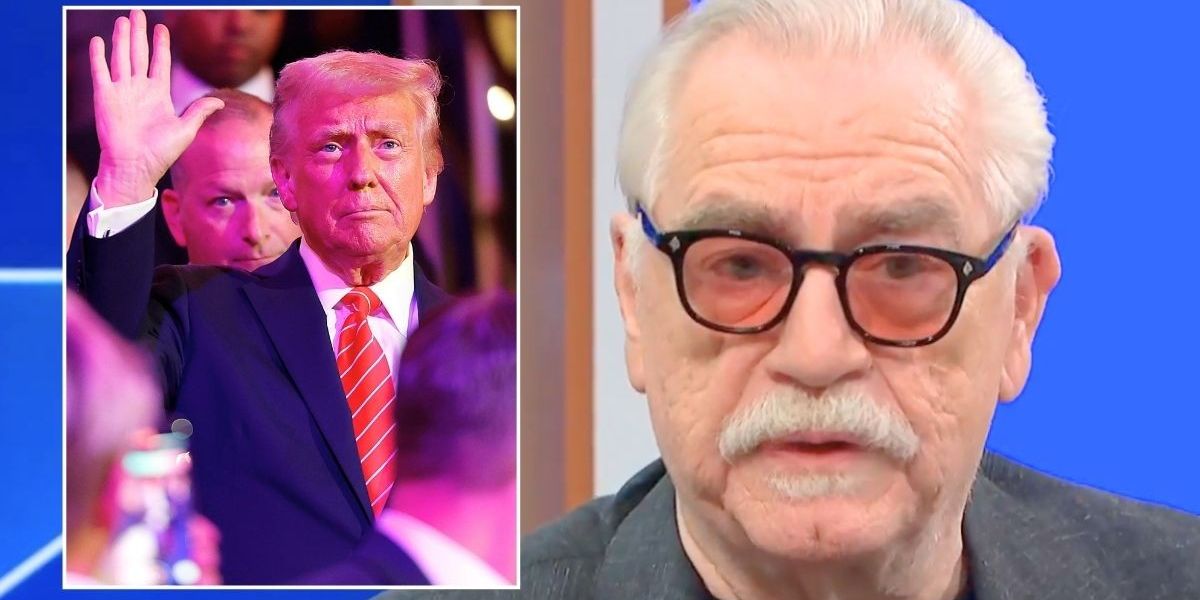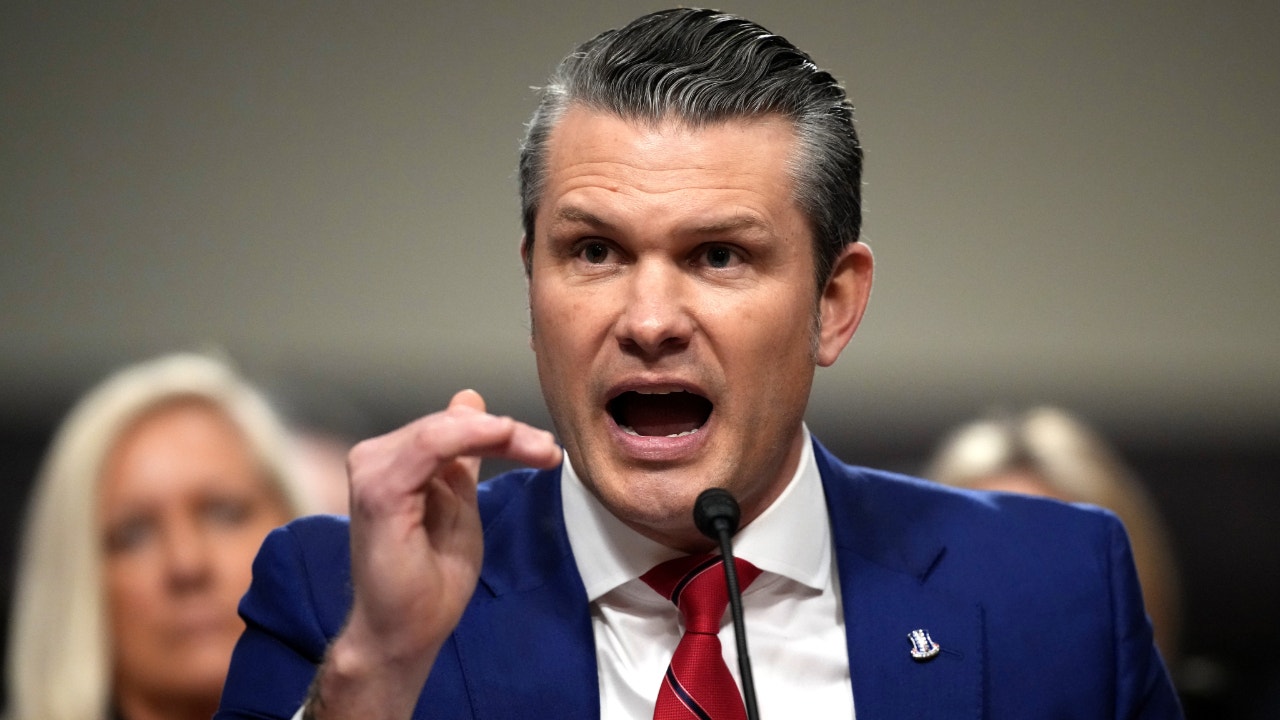Politics
Stephen Miran has articulated a pragmatic, America-First developmentalism.

The news that Donald Trump nominated Stephen Miran to be the chairman of his Council of Economic Advisors did not receive due attention. Meanwhile, Miran, a former senior advisor at the Treasury and a senior advisor at Hudson Bay Capital, developed perhaps the most refined vision of what trade policy and currency statecraft could look like under the 47th president of the U.S.
According to Miran, Trump has the opportunity to transform the international trade system on a scale seen once in a generation. Unable to seek another term, the president will focus on his legacy: reindustrialization and the boosting of international competitiveness.
The current global trading system has dealt a heavy blow to America in the form of the “China shock”: the loss of over two million jobs, affecting not only manufacturing but also downstream industries. It has left a mark on the American social landscape, resulting in “deaths of despair” and rampant addictions. Free trade permissivism also contributed to the erosion of leadership in high technologies. As Henry Kressel explains, “Between 1999 and 2016, the U.S. share of global high technology exports dropped from 18 percent to 7 percent. From one of the world’s leading technology product exporters prior to 2000, the United States has become a net importer since then, and the deficit keeps growing.”
According to Miran, the path to success in reshaping the global trading system is narrow. The first element that needs to be reconfigured is the dollar. Trump has stated that he wants to maintain the dollar’s role as a hegemon in the world of currencies, but, as can be inferred from statements by J.D. Vance, Washington’s approach to this issue will be nuanced. The constant overvaluation of the dollar weakens the U.S. manufacturing sector, making imports cheaper and diminishing the competitiveness of American goods.
If we follow theoretical models, currencies should eventually return to equilibrium. A country that receives foreign currency from exports will exchange it for its own currency. Over time, this should strengthen the national currency, leading to fewer exports and more imports. But these assumptions do not hold when applied to the dollar. The demand for it is inelastic because the greenback facilitates global trade and serves as a safe haven for savings. In the end, as Miran remarks, “America runs large current account deficits not because it imports too much, but it imports too much because it must export USTs to provide reserve assets and facilitate global growth.”
There are three main consequences of the dollar’s position as a reserve currency. The first is cheap borrowing—assuming a constant demand for Treasuries should lead to lower borrowing costs for the U.S. Yet all G7 countries—except the UK - borrow money on better terms than Washington. Even Greece, ruined by the euro crisis, borrows one point more cheaply.
The second effect is an increase in the currency’s value. This also comes at a price. During recessions, savings are often shifted into the dollar. This makes imports cheaper and exports more expensive, further undermining the competitiveness of American industry, as collapsing demand hits the export sectors most severely. Miran points out that “employment in manufacturing declines steeply during a recession in the United States, and then fails to recover materially afterward.” Exorbitant privilege becomes the exorbitant burden.
To the consequences mentioned by Miran, one can also add the talent misallocation associated with the hypertrophy of the financial sector. When the U.S. became the financial center of the world, the brightest STEM talents began flocking to Wall Street instead of developing rockets and new drugs. One paper estimates that this brain drain has resulted in a 6.6 percent loss of productivity in the manufacturing sector.
In Trump’s eyes, one of the most important consequences of the “exorbitant privilege” is the ability to influence the behavior of other countries. Having control over the world’s reserve currency allows shaping the conduct of other states through sanctions or even the mere threat of them. The new president wants to maintain this capability.
Many countries, observing how Russia’s assets were frozen following its invasion of Ukraine, are seeking to hedge against—or better yet, completely immunize themselves from—this possibility. Among these, China stands out; Beijing wants to implement a mechanism for settling oil and gas transactions using the renminbi. If it succeeds in persuading the Gulf States to join, along with Russia, Venezuela, and Iran, countries that hold 80 percent of the world's oil reserves will be selling their oil for yuan. Financial analyst Zoltan Pozsar believes that the emergence of the petro-yuan is a harbinger of a new global financial order defined by a bifurcation between the West and the BRICS.
Although Pozsar’s vision is captivating, it remains a vision for now. It is a fact that there is a disconnect between the system of global finance, where the dollar and euro reign supreme, and the geopolitical and economic reality, which has become multipolar. So far, the BRICS have not managed to overcome this contradiction. Nevertheless, they are virtually capable of doing so, and Trump is aware of this possibility.
The BRICS should not be underestimated; they represent 24 percent of the global GDP and over 16 percent of global trade. While not all members are equally enthusiastic about toppling the dollar, they all agree that the global financial system needs to be reformed.
In this endeavor, BRICS faces many obstacles. These include the political and economic diversity of its members, power asymmetries, and the lack of a common, appealing vision for an alternative order. The failure to create their own rating agency proves that innovation in the institutional sphere is not a strength of BRICS.
Dollar reserve assets for many BRICS countries do not give them leverage over Washington, but rather makes them hostages to American sanctions. As Brad Setser reminds us, however, in the event of an invasion of Taiwan, Beijing’s leverage would consist primarily of cutting off the West from the world’s factory. The aim of recovering American industrial might will be facilitated by another component of Trump’s neomercantilism: tariffs.
The future chairman of the Council of Economic Advisors argues that tariffs do not necessarily increase inflation. Before the trade war with China was unleashed, CPI inflation was just over 2 percent, and after the “armistice,” it fell slightly below 2 percent. He cites studies according to which higher prices affected only importers, but did not translate into higher prices for retailers. It is important to remember that Trump’s developmentalism is not just about tariffs. Even if these measures were to cause a slight increase in inflation, the energy abundance agenda and broad deregulation would act disinflationary.
Miran also emphasizes, contrary to mainstream critics, that Trump’s team will choose gradualism over revolutionary bravado. The reconfiguration of the global trade system will proceed prudently, with changes introduced cautiously to avoid causing excessive volatility in the financial markets. Trump’s use of tariffs as a negotiating tool supports the thesis of gradualism. The new administration will not immediately impose 60 percent tariffs on China; instead, it will increase them step by step, depending on Beijing's response. As the economist explains, the new administration "might announce a schedule, for instance, a 2 percent monthly increase in tariffs on China, in perpetuity, until the demands are met.”
Tariffs can also be used as a tool to implement a new version of currency agreements designed to devalue the dollar. Under the pressure of Trump’s protectionism, Miran suggests, America’s trading partners would be compelled to agree to the “Mar-a-Lago Accords”: in exchange for lowering or eliminating tariffs, other countries would be willing to accept measures intended to make the exorbitant privilege less burdensome.
Miran envisions a world divided into geopolitical segments according to tariff categories, determined by criteria such as: Does a given country impose the same tariffs on American goods as America does on imports from that country? Does it respect American intellectual property? Does the country help others circumvent U.S.-imposed sanctions? For NATO members, this means that countries unwilling to participate in burden sharing will face tariffs as a form of payment for security.
Subscribe Today
Get daily emails in your inbox
The escalation of trade tensions could trigger a tit-for-tat chain reaction—and here, much will depend on the individual judgment of the president and his trade policy team to ensure that this exchange of blows does not hit Americans too hard.
Tariffs will also serve as leverage in the country’s reindustrialization, forcing those states that do not want to be affected by them to invest in the United States. When the Japanese auto industry became an existential threat to Detroit, “President Ronald Reagan negotiated a quota on Japanese imports that stemmed competition for four years, bought Detroit time to retool, and spurred massive foreign investment in a new manufacturing base in the South that created hundreds of thousands of American jobs.”
Stephen Miran’s analysis is perhaps the most thoughtful roadmap for the New American System regarding currency policy and tariffs. It sheds light on the narrow path that Trump 47 will have to take to reconfigure the global trade system and rebuild industrial capacity at home. One can trust that the President’s judgment won’t be clouded by doubt with the challenges ahead outlined so clearly.

 By The American Conservative (World News) | Created at 2025-01-20 05:05:10 | Updated at 2025-01-20 09:02:28
3 hours ago
By The American Conservative (World News) | Created at 2025-01-20 05:05:10 | Updated at 2025-01-20 09:02:28
3 hours ago








